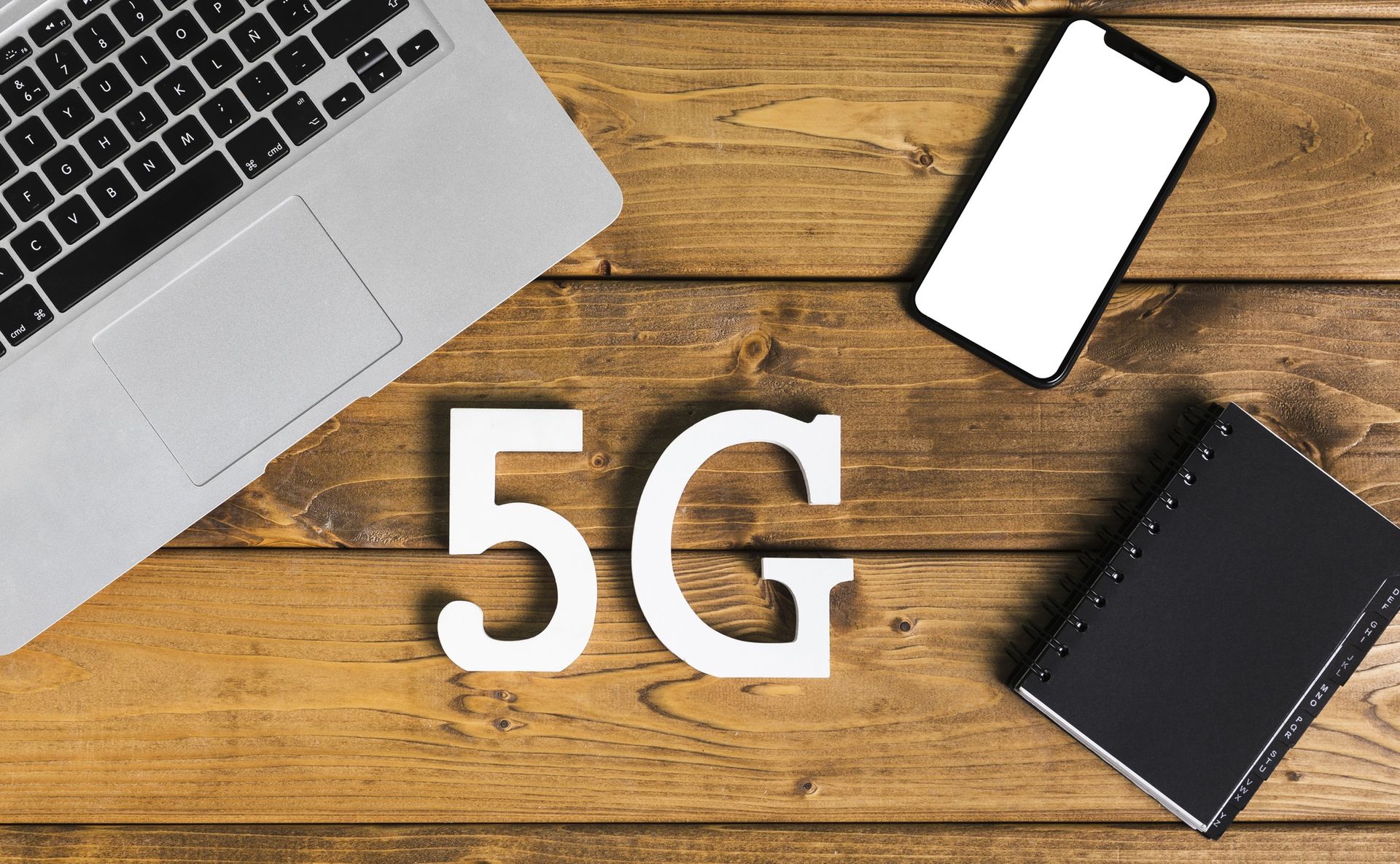In the digital age, the leap from 4G to 5G has been nothing short of transformative. However, to fully harness the potential of 5G, understanding and implementing effective 5G NR (New Radio) optimization techniques is crucial. This article explores the various strategies and the significant benefits of optimizing 5G networks, shedding light on how HCT Group leads this innovative field.
Understanding 5G NR Optimization
The transition to 5G NR represents a substantial technological advancement, introducing higher speeds, lower latency, and the capacity to connect a multitude of devices simultaneously. However, these benefits are contingent on meticulous network optimization.
Key Techniques for 5G NR Optimization
Advanced Beamforming and Massive MIMO
Beamforming and Massive MIMO (Multiple Input Multiple Output) are pivotal in enhancing 5G network performance. Beamforming focuses radio signals in specific directions, improving signal strength and reducing interference. Massive MIMO, on the other hand, employs multiple antennas at the base station to manage data traffic more efficiently, boosting capacity and coverage.
Dynamic Spectrum Sharing
Dynamic Spectrum Sharing (DSS) is a technique that enables 4G and 5G to coexist on the same frequency bands. This flexibility allows operators to transition to 5G more smoothly, maximizing the use of available spectrum and enhancing overall network efficiency.
Network Slicing
Network slicing creates multiple virtual networks on a single physical 5G infrastructure. Each slice can be tailored to meet specific requirements, such as enhanced mobile broadband, ultra-reliable low-latency communications, or massive machine-type communications. This customization optimizes resource allocation and improves service quality.
Edge Computing Integration
Integrating edge computing with 5G reduces latency by processing data closer to the user. This is particularly beneficial for applications requiring real-time processing, such as autonomous vehicles and augmented reality. By offloading data processing from centralized cloud servers to the network edge, overall network performance is significantly enhanced.
Implementing AI and Machine Learning
Artificial Intelligence (AI) and Machine Learning (ML) are transformative in 5G NR optimization. These technologies analyze vast amounts of data to predict and manage network performance, automate fault detection, and optimize resource allocation. This intelligent management leads to more reliable and efficient networks.

Benefits of 5G NR Optimization
Enhanced User Experience
Optimized 5G networks offer a superior user experience, characterized by faster download and upload speeds, minimal latency, and consistent connectivity. This is essential for applications like HD video streaming, online gaming, and virtual reality.
Increased Network Capacity
By employing techniques like Massive MIMO and network slicing, the capacity of 5G networks is significantly increased. This ensures that the network can handle a higher number of connected devices and more extensive data traffic, essential for IoT (Internet of Things) applications.
Improved Energy Efficiency
5G NR optimization techniques such as beamforming and edge computing contribute to more energy-efficient networks. By directing resources precisely where needed and reducing unnecessary data transmission, overall energy consumption is minimized, making 5G networks more sustainable.
Cost Efficiency
Optimizing 5G networks can lead to considerable cost savings for operators. Efficient spectrum use, reduced energy consumption, and intelligent network management all contribute to lower operational costs, making 5G deployment more economically viable.
Facilitating Innovation
An optimized 5G network serves as a robust platform for innovation. It enables the development of new applications and services across various industries, including healthcare, transportation, and manufacturing, driving economic growth and technological advancement.
Challenges in 5G NR Optimization
Complexity of Deployment
Deploying 5G networks involves considerable complexity due to the need for extensive infrastructure upgrades and integration with existing 4G networks. Achieving seamless operation requires meticulous planning and coordination.
Spectrum Availability
The availability of spectrum is a critical challenge in 5G deployment. Ensuring adequate and efficient use of spectrum requires strategic planning and regulation to avoid interference and maximize network performance.
Security Concerns
With the increase in connected devices, security becomes a paramount concern. Optimizing 5G networks must include robust security measures to protect data integrity and privacy, especially in critical applications like healthcare and finance.
HCT Group's Role in 5G NR Optimization
HCT Group stands at the forefront of 5G NR optimization, offering comprehensive solutions that address the complex challenges of modern network deployment. With a focus on innovative technologies and a deep understanding of network dynamics, HCT Group ensures that operators can fully leverage the benefits of 5G.
Conclusion
Decoding 5G NR optimization is essential for realizing the full potential of 5G technology. By employing advanced techniques and addressing the associated challenges, operators can deliver superior network performance, foster innovation, and drive economic growth. HCT Group, with its expertise and comprehensive solutions, plays a pivotal role in this transformative journey, ensuring that the promise of 5G becomes a reality for businesses and consumers alike.